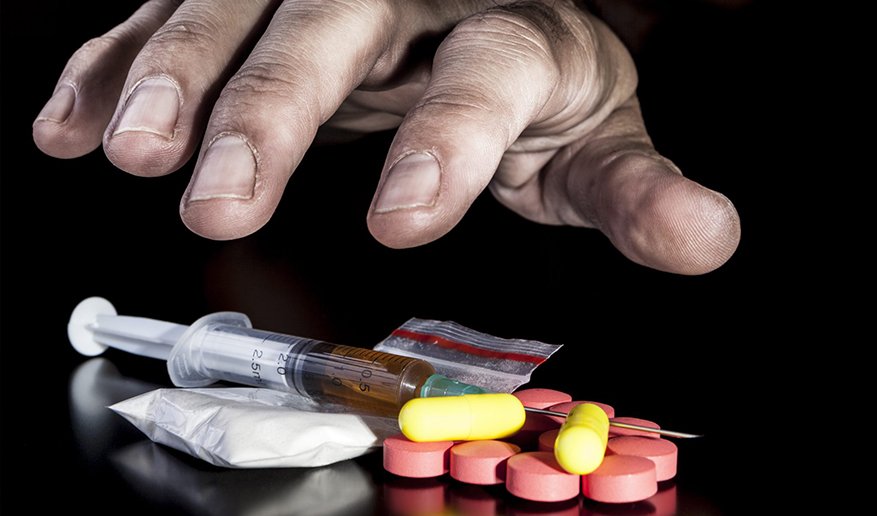A Rising Tide of Abuse
Nepal is facing a silent but urgent crisis: substance abuse is steadily increasing across the nation, with youth and young adults comprising the worst affected. In 2020, approximately 130,424 Nepalis were identified as drug users—a steep climb from 43,309 in 2008 and 91,534 in 2012 Kathmandu PostRising Nepal Daily. This marks a worrying trend, with drug use swelling at an estimated annual growth rate of 5.06%, potentially reaching 156,821 users by mid-2024 Rising Nepal Daily.
Young Lives Lost in the Numbers
The majority of drug users are young, with 69.5% aged between 20 and 29 years Rising Nepal Daily. The 2020 survey also reveals startling age distribution:
7.2% are aged 15–19
34.3% are 20–25
35.2% are 25–29
12.6% are 30–34 Kathmandu Post
These figures spotlight how drug abuse is no longer a peripheral issue—it is a defining challenge for Nepal’s next generation.
Alcohol: A Deep Cultural Struggle
Alcohol holds deep roots in Nepal’s cultural and ritual traditions. Many communities—including the Newars, Tamangs, Tharus, Kirati, Gurung, and Magar—integrate alcohol into marriages, festivals, funerals, and religious ceremonies Wikipedia. Yet, this cultural acceptance has fostered widespread misuse, particularly among men. Notably, Nepal registers some of the highest per capita alcohol consumption rates in South Asia nabajivannepal.org.np.
Among Bhaktapur’s management undergraduates, 58.2% consumed alcohol, with 26.6% exhibiting problematic drinking behaviors—especially among males, those with poor academic satisfaction, and those lacking emotional support BioMed Central.
Substance Use Among Students
Substance experimentation begins early. In Dharan, 18.2% of adolescents reported ever using drugs, with a similar proportion currently using them. Initiation commonly starts at age 14, often driven by peer pressure (91.6%), and substances are frequently obtained through local shops PubMed.
Among healthcare university students, 61.4% reported lifetime substance use, including alcohol (59.6%), tobacco (28.2%), and cannabis (11.9%) PMC. In another study involving students across multiple universities, 42.8% had ever used substances; 8.8% had tried illicit drugs, and a concerning 38.6% had misused prescription medication without a prescription (like codeine syrup, sedatives) BioMed Central.
Why Nepal’s Youth Are at Risk
Unpacking the roots of substance and alcohol abuse in Nepal reveals complex forces at play:
Peer Pressure & Curiosity: The driving factors behind youth substance initiation PubMednepalihealth.com.
Socioeconomic Stress: Poverty, unemployment, and limited educational opportunities propel many toward substances as a coping mechanism nabajivannepal.org.np.
Cultural Normalization: For many ethnic groups, alcohol is deeply woven into social and religious life Wikipedia.
Mental Health & Trauma: Political instability, disasters, and family stressors contribute to substance misuse, particularly among youth nabajivannepal.org.npnepalihealth.com.
Deep Stigmas, Thin Support
The stigma surrounding drug use runs deep in Nepal, especially for women. Reports show harsh treatment of women who use drugs—in detention and treatment—and a lack of gender-sensitive programming for prevention or care .
Harm reduction services, despite government endorsement, remain underutilized due to frequent police harassment and detention of individuals seeking needle exchange or opioid therapy .
Impact Beyond the Individual
Health: Rising rates of infectious diseases, mental illness, liver and cardiovascular problems are linked to substance use nabajivannepal.org.np.
Social: Families fracture, education falters, and crime and domestic violence rise as consequences ripple through communities nabajivannepal.org.np.
Economic: The healthcare burden, lost productivity, and long-term care needs drain resources and hamper national development Rising Nepal Dailynabajivannepal.org.np.
A Path Forward: Hope Amid Crisis
Despite the gravity of the situation, Nepal is beginning to respond:
Youth Education Campaigns: Organizations like SAATH have mobilized school-based programs involving drama, quizzes, and interactive dialogues to educate students about drug risks UNODC.
Advocacy & Harm Reduction: Groups such as Recovering Nepal are amplifying voices of those with lived experience and advocating for safer, inclusive drug policies .
Policy Momentum: The alarming rise in youth abuse has catalyzed advocacy for structural interventions—like expanding rehabilitation facilities, integrating mental health support, and enforcing drug education and law enforcement reforms Kathmandu Post.
In Closing
Nepal’s substance abuse dilemma isn’t a statistic—it’s young dreams lost, families in crisis, and vulnerable communities bearing unseen scars. But there is a pathway forward: grounded in compassionate policy, cultural sensitivity, mental health support, and open dialogue


Leave a Reply